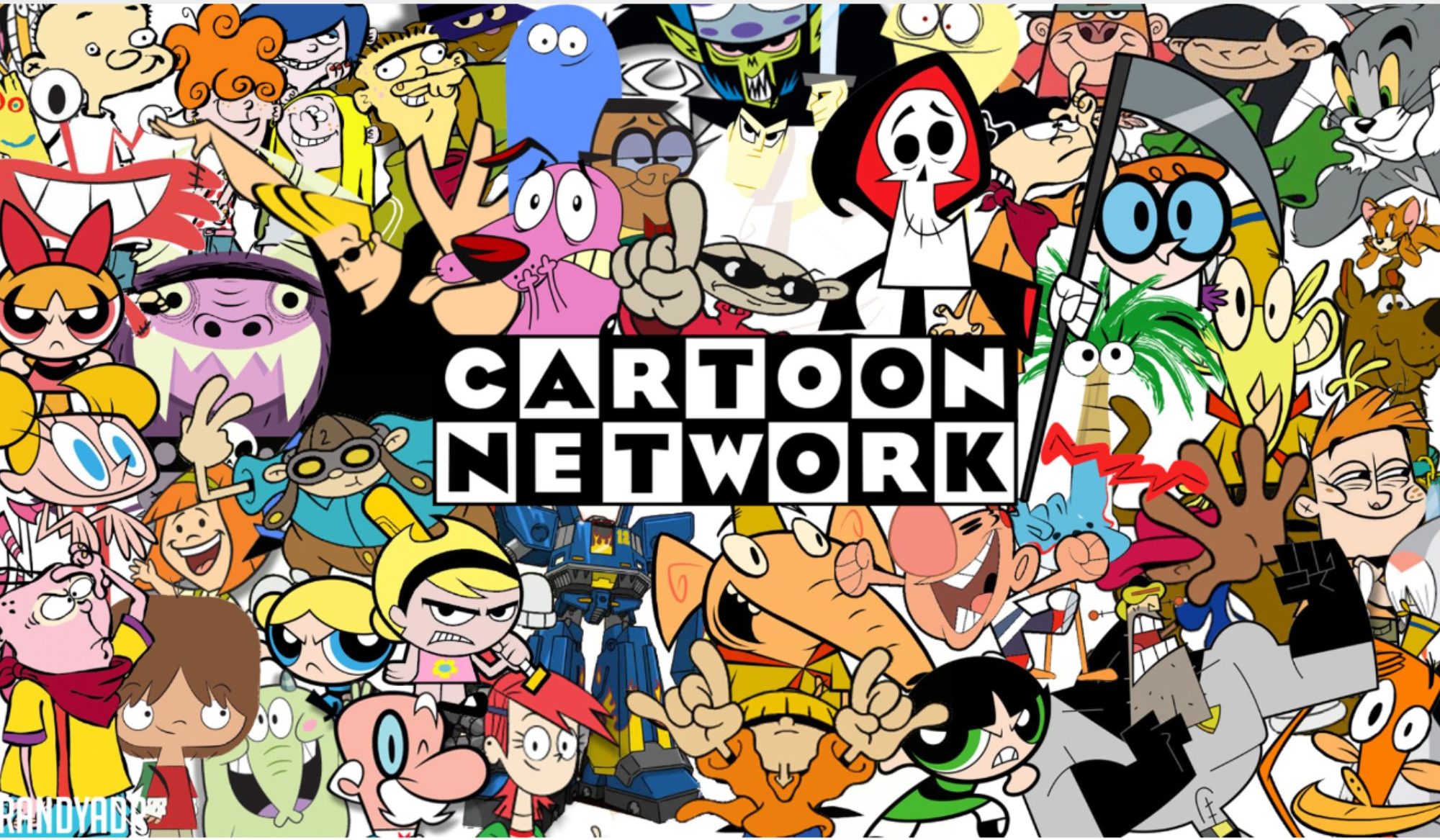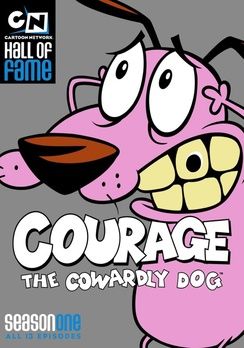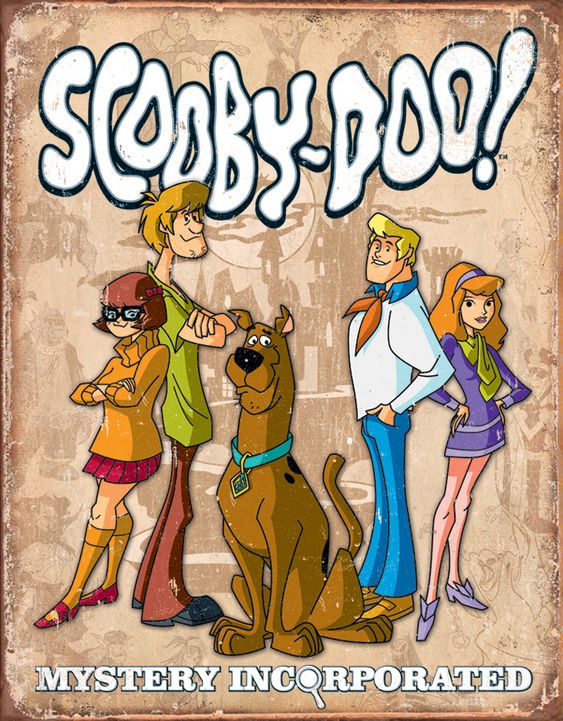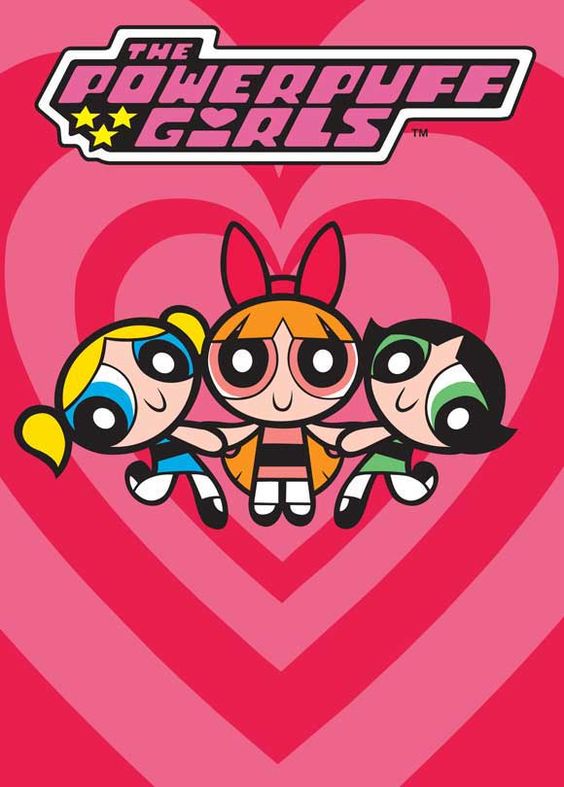CHAPTER 13
THE WOMEN POWER
AND WHY DO WE STRUGGLE?
“I love to see a young girl go out and grab the world by the lapels. Life’s a bitch. You’ve got to go out and kick ass.”
― MAYA ANGELOU
The world is going through a revolution. A revolution where women are carving their way in the male-dominated society and striving for the position they truly deserve. A revolution where women have realized their significant role in our culture and are willing to give it all for their honor. A revolution where women have already proven their worth and continue to fly high in all aspects of their lives, whether politics, business, or art.
But their journey has never been easy. Even in a progressive society like the USA, they have to earn their way up despite the obvious. And the struggle in developing society has been a lot more critical.
Women have been obtaining unimaginable since the dawn of humanity, no matter how difficult the circumstances are. They have scaled the highest mountain, traversed the boundless ocean, and endured in the severest condition.
But these herculean tasks turned out to be way more manageable than breaking the conventional barriers and changing the ideology of their male counterparts towards women. This is an effective campaign all women, in general, have been battling with, especially in a country like India.
In India, women are constantly looking for a way to switch the sexist mentality of our conservative society and have been marginally successful in their quest for equality. Numerous feminist movements and ideologies have developed over the years and represent different viewpoints and aims.
But the only dilemma is, despite the best of their effort, a large section of our society remains abusive towards women’s role in our community. And suppose women want to establish a new mindset towards them. In that case, they should start concentrating on one of the most blatant and primary factors that generate such discriminative views about womanhood. And that medium is “ANIMATION.”
Cartoons are the first thing most of the kids are exposed to that assist them in shaping their personality and views towards their surroundings.
In recent times, various restrictions and censorship have been imposed on this genre due to its effect on the child’s brain. Psychologists have highlighted the adverse impacts of cartoons on children.
According to their outcomes, kids who watch cartoons 3-4 hours a day are predisposed to violence and other aggressive acts. Moreover, marginalization of cognitive functions, deviation from realities, and expansion of pessimistic behavior might emerge over time. They gain the capability to mimic behavior and events that they come across every day.
So, we can surely say that innocent characters from cartoons may turn into role models that impact a child’s psychological state about our lives, society, and elements associated with it.
And this is a significant concern because we are unable to recognize how most of the cartoons lack a strong female protagonist, and the existing ones are commonly portrayed as backup characters with a cliched storyline of a princess in distress.
Sure, in many shows, they are the brain behind the group who always comes up with the ideas that support the lead hero in its battle against evil. But it’s still holding the conventional ideology on gender roles and stating that kicking and punching are only restricted to men and boys.
I understand that these characters are created with a general doctrine that the primary audiences for animated shows are little boys and won’t like to see a character they can’t relate to and have fun watching.
Although we don’t have the actual data for this common conception, and even for a moment, if we consider it accurate, the idea that boys won’t like to watch female leads taking over the evil and saving the day is utterly absurd.
Because I clearly remember as a kid, we boys used to be equally excited to watch a show of three little girls made of sugar, spice, and everything nice, spending their day kicking and punching villains. And that show was none other than “THE POWERPUFF GIRLS.”
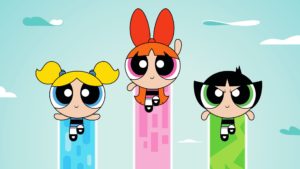
It’s a show that carved its way in between the male-dominated characters like Dextre’s lab, Johny Bravo, Swat Kats, and many more and managed to break the repressive moral code of that time.
And to be honest, from the boy’s point of view, we were absolutely fine with that. I don’t remember anyone making fun of each other for watching a show with girls in the lead and used to discuss its action-packed episodes while proudly owning their T-shirts and punching societal expectations in their face.
The show’s high ratings, popularity, and high demand for merchandise show that if done right, kids do not discriminate against their role models based on gender, religion, or race. They just want to have fun watching their heroes saving the day.
But again, over here, it’s going to be a long time since we will be able to witness an all-female-oriented animated show as I don’t see any steps being taken towards it.
And I am not sure if anyone will be remotely interested in taking that chance. I remember pitching a concept about a fairy to a big animation brand, and I was asked to change the main female character to a male figure.
However, I refused to do so, not only because the storyline demanded the lead hero to be a female as it is a fairy tale. But also because that was the primary concern for me as there is no feminine hero for half the population of this country.
Yes, with so many superheroes and male leads, there is an apparent absence of female figures who can serve the children to understand the essence of equality right from an early age.
If such trends persist, boys and men will continue to view womanhood as a secondary lead who continually needs to be rescued, when the fact is, just like men, women possess the ultimate capability to protect our civilization and take it farther.
And Indian animation desperately needs a symbol of feminism, which has the power to break the norms and generate an advanced, more forward opinion towards all genders, whether it’s female or LGBT groups.
So the time has come to fix the basics and build a solid foundation by teaching the importance of equality to our children, right from inception. The time has come to raise our voices against such behavior and demand equal exposure by all means. And the time has come to make your presence felt by eliminating the perception that only boys-oriented shows can generate revenue in this art form.
If our children grow with a notion that women can save the world as well, this will transcend into a more robust belief system taking our society towards enlightenment.
But any intentions should not be forced on our kids but needs to be developed through a friendly mechanism. And what can be a better medium than animation? THINK ABOUT IT!
(Imp Note: This is one of the reasons behind the struggles of Indian Animation. In my blog series, “The Faults In Our Art! We will explore ten major factors that are keeping Indian animation behind. So I request you to please support my initiative by subscribing to my website by filling out the form below)
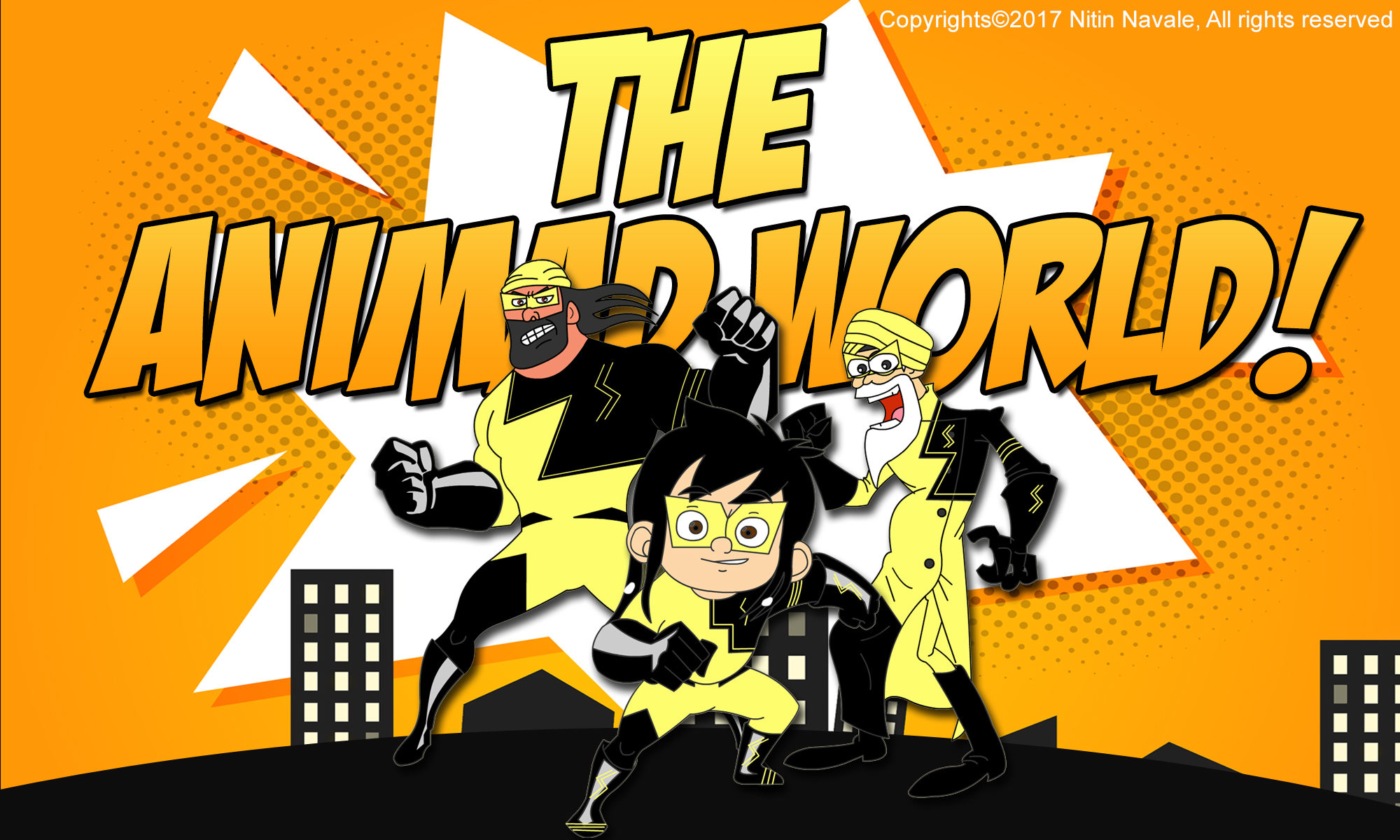



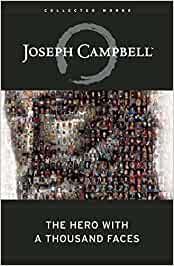

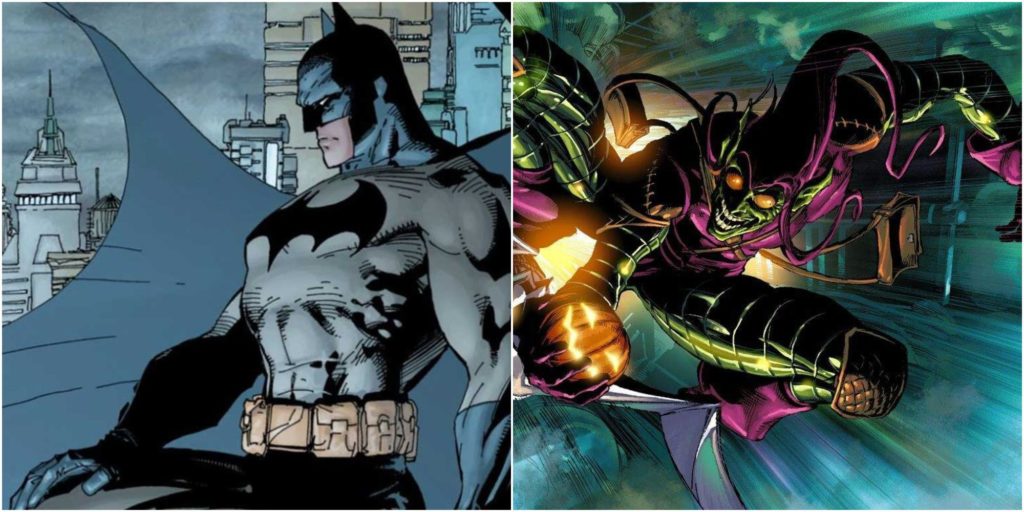

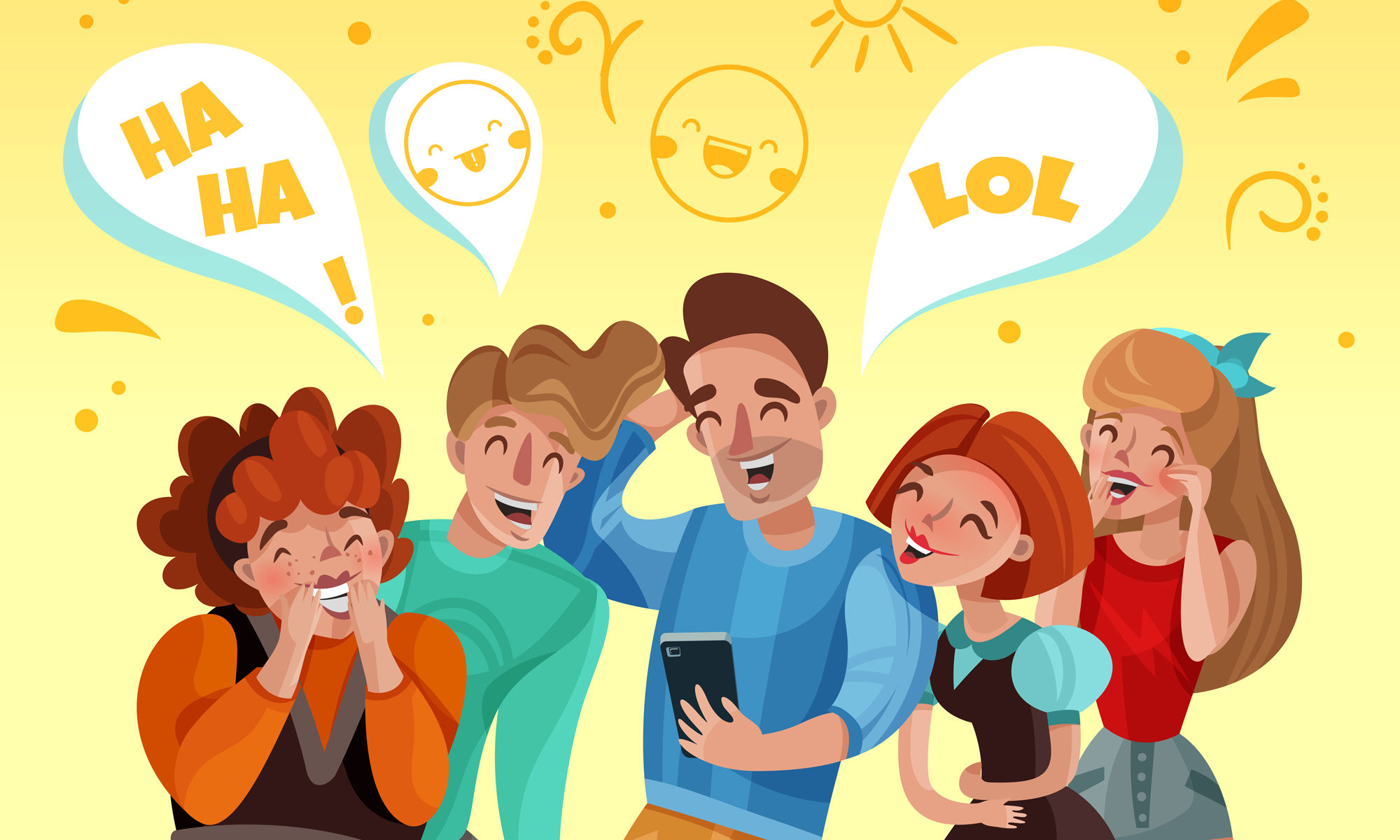
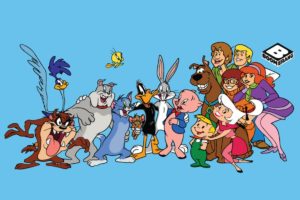


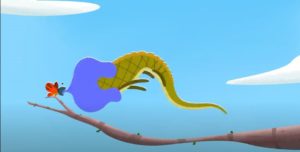











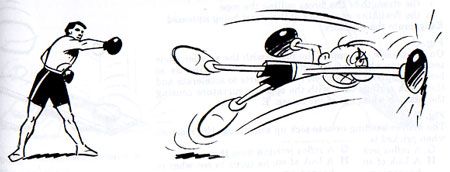
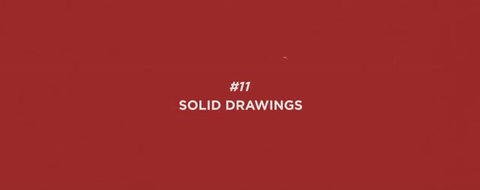


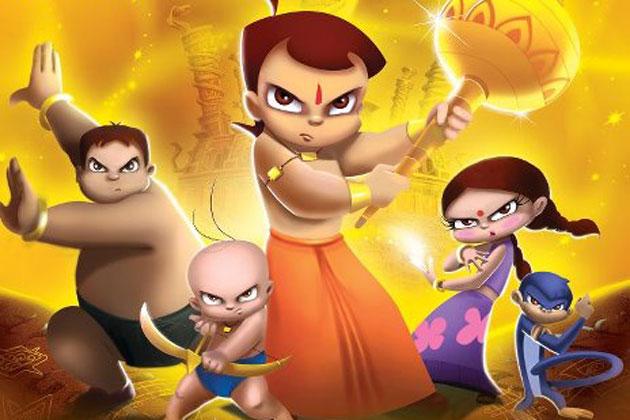
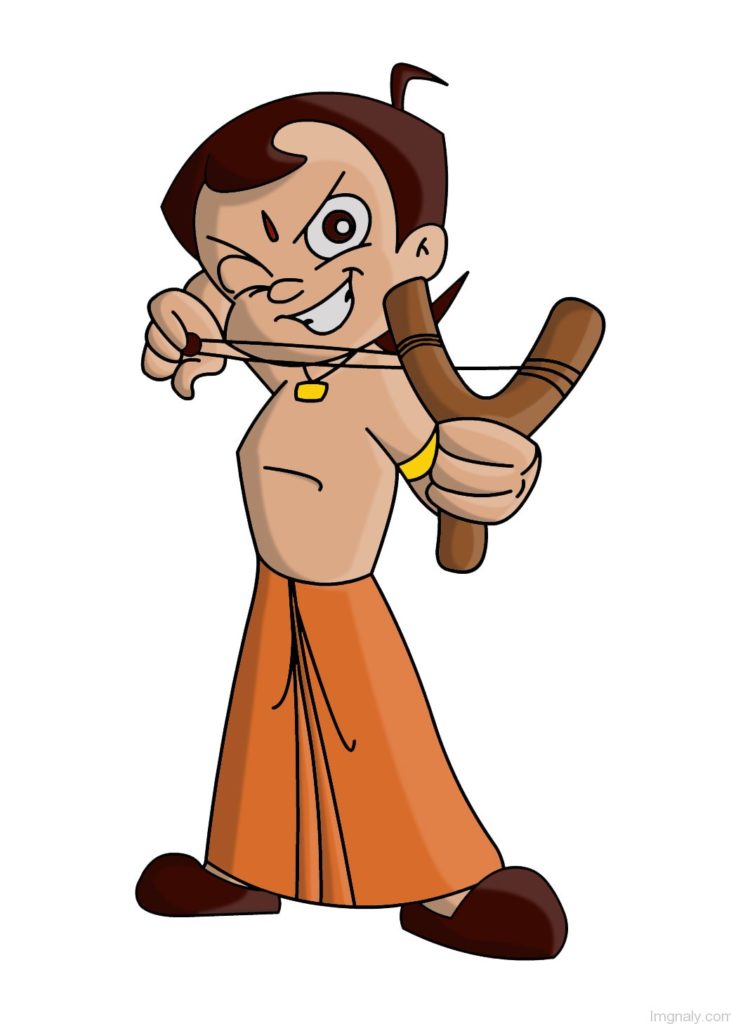
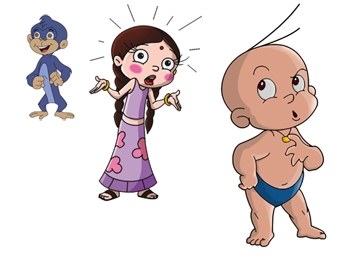
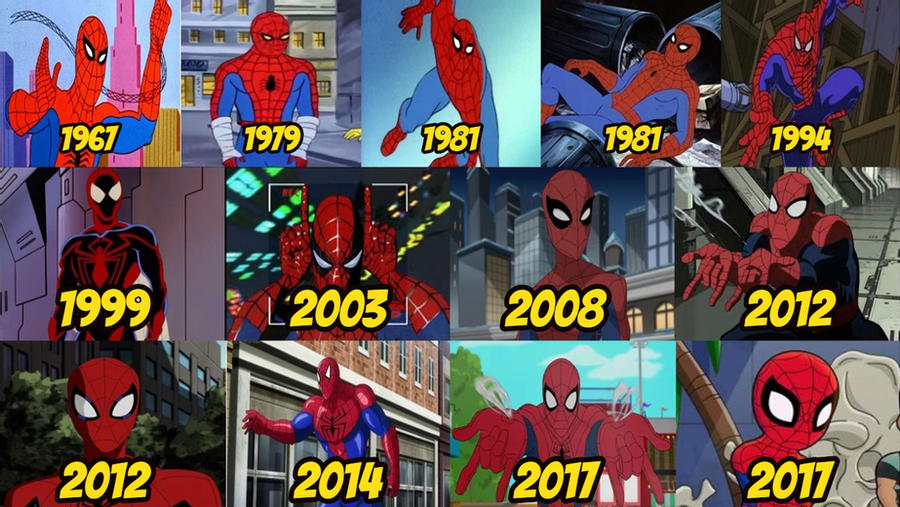


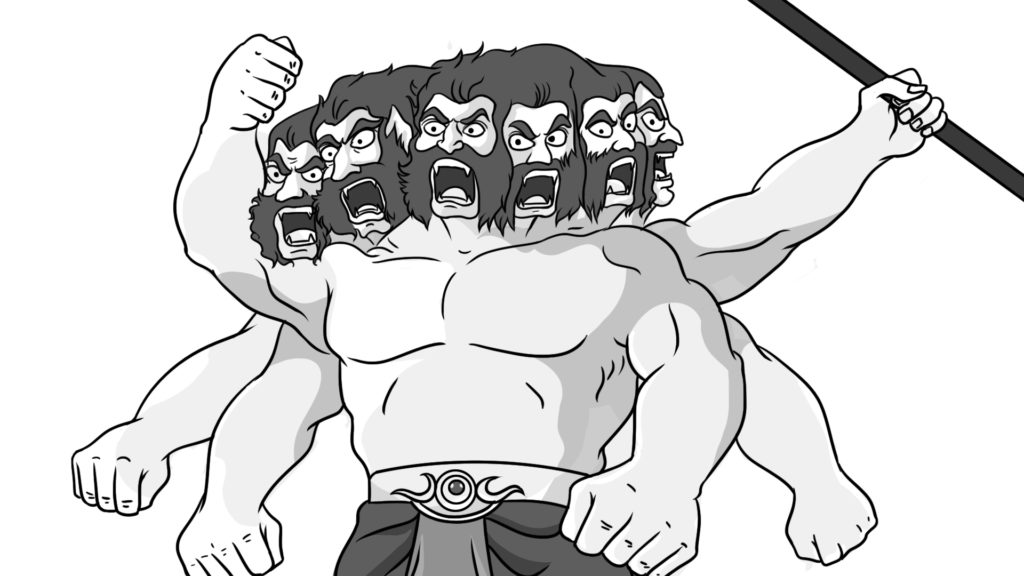
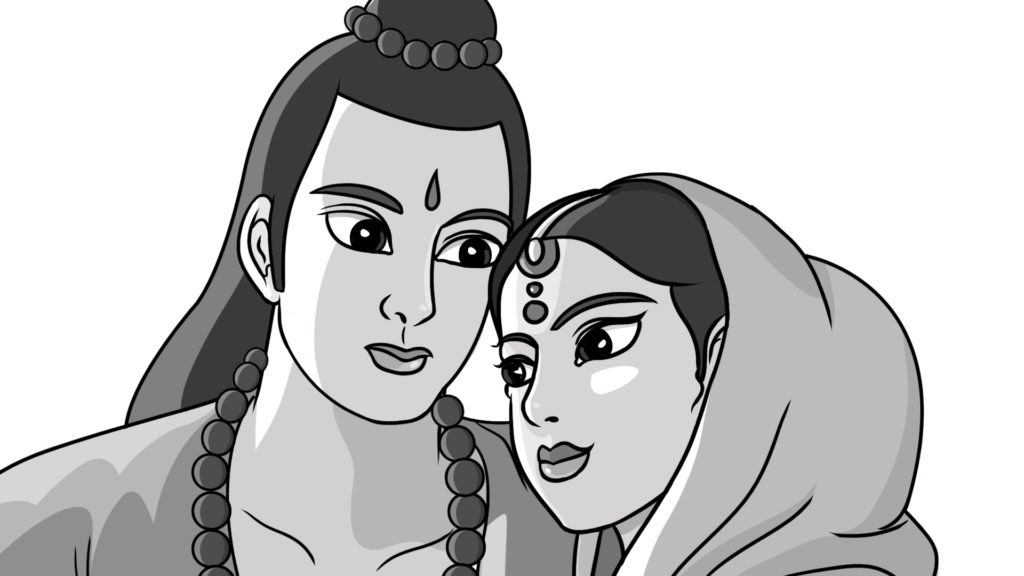 But next came the tricky part: The studio wanted to alter the storyline, sending Ram and Sita into the forest for their honeymoon and substituting the entire myth of fourteen-year exile or Sita’s abduction. They wanted to turn it into a straight adventure concept despite it being a perfect plot in all sense. The producers and Yugo disagreed with it and parted away with the studio as it was clearly against their sensitivity, which eventually prevented it from gaining a wider release.
But next came the tricky part: The studio wanted to alter the storyline, sending Ram and Sita into the forest for their honeymoon and substituting the entire myth of fourteen-year exile or Sita’s abduction. They wanted to turn it into a straight adventure concept despite it being a perfect plot in all sense. The producers and Yugo disagreed with it and parted away with the studio as it was clearly against their sensitivity, which eventually prevented it from gaining a wider release.
